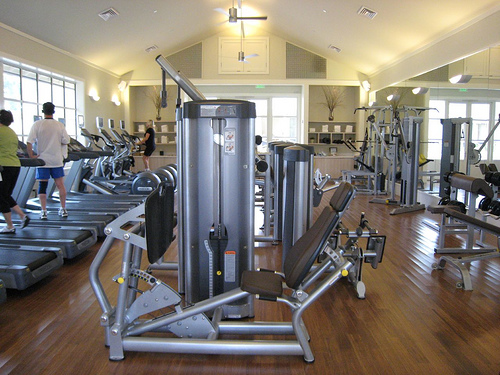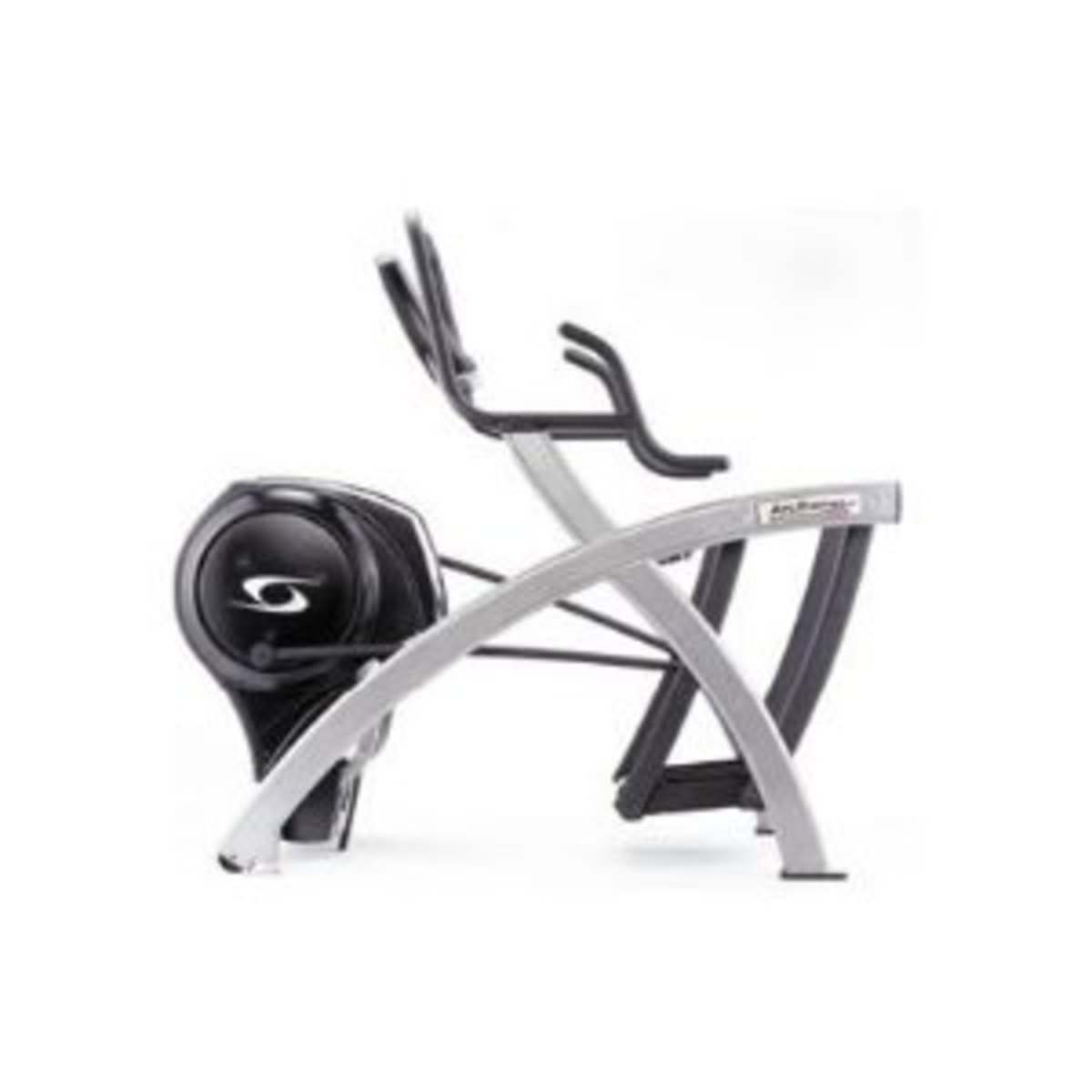Resistance Training: Heavier Weight vs Better Technique.
As Heavy As You Can, As Light As You Need To
The title of this article is a phrase I came up with to instruct my Personal Training clients to select the right amount of weight for a particular exercise. Quite often I will suggest that they “go lighter if you have to” - although often i have to repeat this suggestion a little more firmly a couple of times before they'll agree!
I think almost any male who trains with weights even just once in their life quite likes the idea of being able to prove their strength by pressing, curling, pushing or pulling a huge amount of weight. You see this a lot in gyms, in some cases with experienced bodybuilders who are genuinely so strong that they can handle a huge amount of weight with good technique, or they may have a good reason for adopting what appears to be an unorthodox technique to suit their needs. I mean, if a guy is in phenomenal shape, it probably means he knows what he is doing. In more cases though, it will be a beginner or intermediate trainer who probably doesn't know any better, or possibly SHOULD know better but does not.
Possibly the most common example of what I'm talking about here is the simple biceps curl. It's nice to be able to curl a large amount of weight, but the purpose of the exercise is to fatigue the biceps brachii, forcing the body to adapt with increased hypertrophy of the muscle. Now, the biceps muscle is only going to be fatigued if you are actually isolating the biceps! So, if you're that guy who does his dumbbell curls after little warm-up swing from the shoulders (think “one, two, three, CURL!”) on each rep, or does a barbell curl by thrusting his hips forward and leaning backwards for momentum, well you are greatly reducing the load on your biceps, the very muscle you are supposed to be targeting!
The second half of this incorrect technique equation is the eccentric movement, ie returning the arms to the starting position at the end of each rep. Often with the dumbbell curl, you will see people just letting the arm swing back down in an uncontrolled manner with zero resistance, leading back into that swing-from-the-shoulders motion to set up the next rep.
You also see a similar lack of technique in that clichéd image of the bodybuilder performing bench press with no resistance on the downward part of the exercise, bouncing the bar off his sternum and back into the next rep. Dangerous for so many reasons, but also far less effective than controlling the weight for the entire movement and utilising a gradual release of the muscle contraction on the downward movement, rather than a dramatic one. The Lat Pulldown is another common example where you often see a guy disregarding the second half of the exercise, and being pulled off of the bench at the end of the moment as the weight comes crashing down.
Think about it this way, you wouldn't perform a push-up and then just drop onto your face to return to the starting position for the next push-up! You would lower yourself back to the ground slowly – and bench press is no different. Similarly with chin-ups you would also lower yourself slowly back to the starting position. So, getting back to the lat pulldown, going that little bit lighter may just allow that guy to control the bar on the upward movement, and to properly utilise the targeted back muscles to perform the exercise without using that stand-up/sit-down momentum on each rep.

I hope I am being somewhat successful in explaining my concept of momentum being a limiting factor in the goal of isolating and fatiguing the target muscle group for an exercise. Even though in many cases “isolating” is a slightly inaccurate term as there may be other supporting muscles involved in the movement (or it may be a complex compound exercise), I still use the term to describe the idea of performing the movement and moving the weight purely by contracting the target muscle group, rather than by using momentum to swing the weight up.
Returning to the biceps curl again, I like to perform these with as strict technique as possible, trying to keep my elbows in the same position from the start of the exercise, perhaps moving forward an inch or so as I squeeze at the top of the exercise before returning SLOWLY to the starting position for the next rep. I can't stress enough how important that is, to return slowly to the starting position with good control over the weight. If you fail to do this, you are missing out on half of the exercise! Maybe more! Standing with your back against a wall while doing barbell curls is a good way to learn good technique.
So, consider sacrificing your ego by going just that little bit lighter on the weights to ensure better results through better technique. But oh, there's always exceptions to every rule. If you've done 10 reps with great technique, your muscles are fatigued and you're struggling to get to your 12th rep – it's ok to cheat a little if that's what it takes!
Science + Passion = RESULTS. Train hard and enjoy life :O)
D
- Melbourne Personal Training
An informative and motivational blog from the Personal Trainer. - Most effective weight loss diet
My tips for your most effective weight loss diet, one that you can actually stick to!








